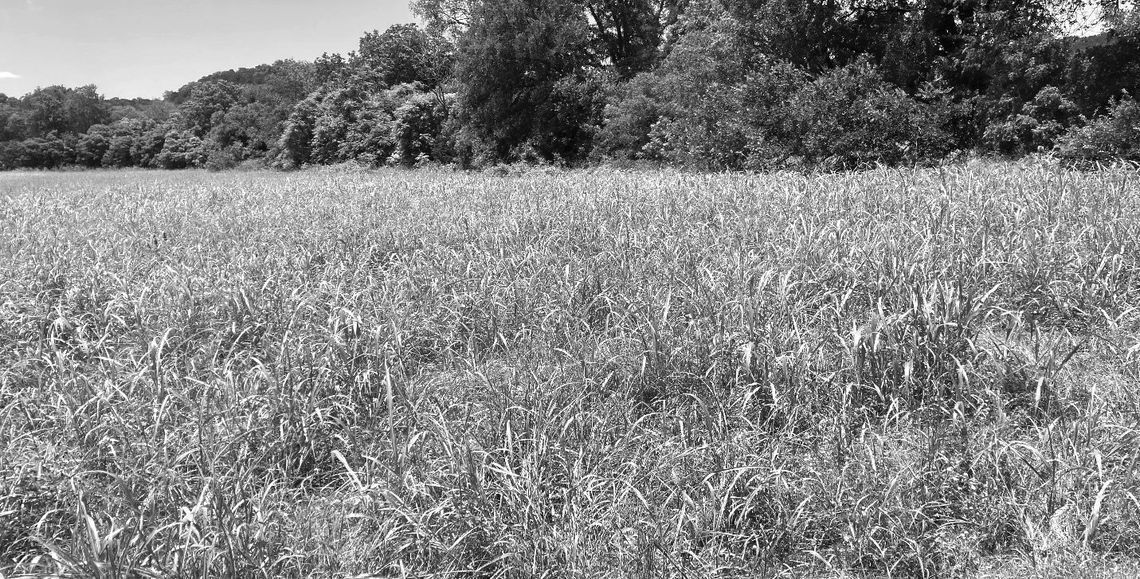Contrary to what some people believe, it is surprisingly common for folks to graze cattle and other livestock on Johnsongrass. To many this productive plant provides high quality “free” forage. But of course, there is always the risk of prussic acid (or cyanide, HCN) poisoning. There are many ranchers here in DeWitt County that graze cattle on Johnsongrass each year. Most understand the dangers of prussic acid once we get into the hot dry summer months, and in the fall when first frost occurs. I do occasionally get reports of ranchers losing a few head of cattle to prussic acid poisoning. I also get many phone calls each year with questions related to grazing Johnsongrass and the potential for prussic acid.
Dr. Megan Clayton, AgriLife Extension range specialist, Uvalde, notes “From my experience, cattle love Johnsongrass. It's just a problem during those specific conditions during the year. If I get a call from someone wanting to control Johnsongrass, they either do not have cattle or it's in a hay field. I see an abundance of Johnsongrass in the roadside ditches, but it won't be up in the adjacent pasture because it's been grazed out.”
Dr. Clayton further notes ranchers who still have a good amount of Johnsongrass in their grazing pastures will just move the cattle when the growing and weather conditions have more potential for it to be poisonous (suddenly dry, frost, etc.)










